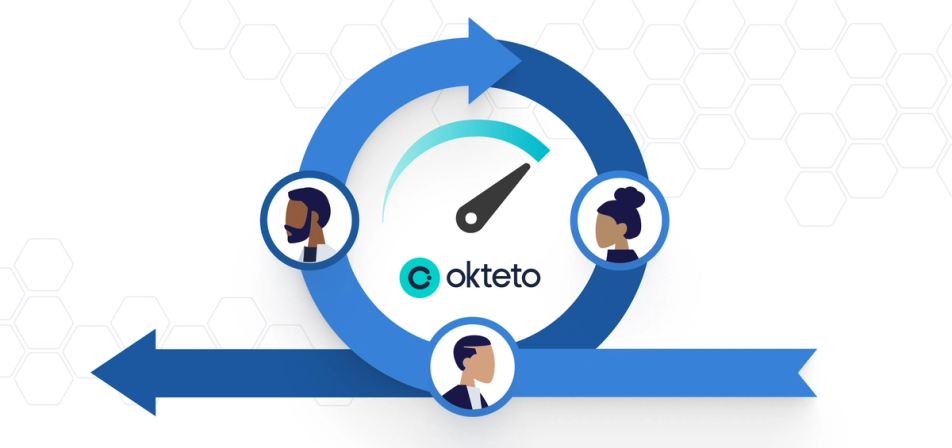Discover How Mirroring Dev and Production Environments Improves Cloud Migration

Cloud computing has changed the world in which we live. Slack, Box, and Salesforce are just a few business applications that have made our lives easier and work more productive.
Google's introduction of Kubernetes, containers, and the cloud have made deploying modern cloud-native applications relatively easy. That's not a small feat considering many cloud apps can be a complex collection of more than 20 individual microservices.
There has been a tremendous change in deploying applications over the last five years.
Unfortunately, the same advancements that have moved deployment forward have sent cloud development backward. Increasingly complex containers and microsystems have made coding challenging. For example, the development of one microservice may be interdependent on several other microservices. That means each development task can require spinning up the development environments for each microsystem with its unique configurations. These administrative tasks exhaust developers, draining them of time and energy and keeping them from innovating in ways that will grow your business.
Complicating matters further is that local development environments and cloud production environments have grown so far apart that they need a divorce attorney. When two people have nothing in common misunderstandings happen; In today's modern application world, when dev and production environments have nothing in common, costly application development mistakes happen. Specifically, migration from local development environments to cloud production environments has resulted in code breaks, security shortcomings, costly delays, and more unpleasant surprises that can doom a business.
“The mirroring of dev and prod environments is critical. Humans build code and hardware, and if humans make it, it will go wrong sometime/somewhere,” says Synopsis DevOps pro Clement Chang. “Emulating the production environment reduces the possibility that things will go wrong. It certainly reduces the risk that devs will get a panicked call at midnight.”
These problems are echoed in the famous finger-pointing complaint shared between developers, managers, and DevOps: "Hey, it worked on my machine; I don't know why it doesn't work in production!"
“I like to say that Kubernetes makes the incredibly hard stuff, like autoscaling and health checks, easy; however, it makes the formerly easy stuff suddenly very hard,” says developer Natan Yellin.
With so many challenges arising from migration from a local development environment to a cloud production environment, many software companies from their developers, DevOps teams, managers, and executives ponder these questions:
- How can I "shift left" and accelerate developer velocity?
- How can I empower my developer teams, getting them up and running faster and removing distractions and tasks that keep them from developing.
- How can I avoid issues like scrap and rework?
- What is the key to overcoming security holes?
To help software companies, developers, and DevOps teams reimagine their development process to streamline development and maximize business results, monday.com has written the definitive how-to guide to maximize Okteto.
A cloud-centric world demands a cloud development environment that mirrors production with digital twin precision, giving developers a superior platform to better preview and test their code before migrating to a cloud production environment.
Okteto helps enterprises unlock your developer team's imagination, turn design ideas into application realities and maximize business results in the cloud application marketplace.
Click here to read monday.com's definitive how-to guide to maximize Okteto.
